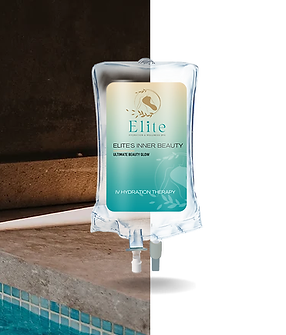Introduction:
Botox has become synonymous with cosmetic enhancement, revolutionizing the beauty industry with its ability to smooth wrinkles and rejuvenate the face. Since its approval for cosmetic use in the late 1980s, Botox has remained one of the most popular non-surgical aesthetic treatments worldwide. This article delves into the science behind Botox, its benefits, applications, potential side effects, and what to expect from the procedure.
Understanding Botox:
Botox is a brand name for botulinum toxin type A, a purified neurotoxin produced by the bacterium Clostridium botulinum. When injected in small, controlled doses, Botox temporarily paralyzes specific muscles by blocking nerve signals. This muscle relaxation helps reduce the appearance of dynamic wrinkles, which are caused by repetitive facial expressions such as frowning, squinting, and smiling. Common areas treated with Botox include the forehead, between the eyebrows (glabellar lines), and around the eyes (crow’s feet).
Benefits of Botox:
Botox offers numerous benefits, making it a favored choice for those seeking to refresh their appearance without undergoing surgery. The primary advantage is its ability to deliver noticeable results quickly, often within a few days of treatment. The procedure is minimally invasive, typically taking only 10 to 15 minutes, and requires no downtime, allowing patients to resume their normal activities immediately.
Botox treatments can prevent the formation of new wrinkles and fine lines by reducing muscle activity. Regular treatments can help maintain a youthful appearance over time. In addition to its cosmetic applications, Botox has several medical uses, including treating chronic migraines, excessive sweating (hyperhidrosis), muscle spasms, and certain eye disorders like strabismus and blepharospasm.
Applications of Botox:
While Botox is best known for its ability to smooth facial wrinkles, its applications extend beyond cosmetic enhancements. Medically, Botox is used to treat a variety of conditions. For chronic migraines, Botox injections can reduce the frequency and severity of headaches. In cases of hyperhidrosis, Botox helps manage excessive sweating by blocking the nerves that activate sweat glands. Additionally, Botox can alleviate muscle spasms and stiffness in conditions such as cervical dystonia and spasticity resulting from neurological disorders.
Potential Side Effects and Considerations:
Although Botox is generally considered safe when administered by a qualified practitioner, it is not without potential side effects. Common side effects include temporary redness, swelling, bruising, and mild pain at the injection site. Some patients may experience headaches, flu-like symptoms, or drooping of the eyelids or eyebrows. These effects are usually temporary and resolve within a few days to weeks.
More serious complications are rare but can occur if Botox spreads beyond the intended muscle, potentially causing muscle weakness, vision problems, or difficulty swallowing. To minimize risks, it is essential to choose an experienced and certified provider who follows proper injection techniques and adheres to recommended dosages.
What to Expect During and After a Botox Procedure:
During a Botox treatment, the practitioner will assess the patient’s facial anatomy and discuss their aesthetic goals. Using a fine needle, the practitioner injects small amounts of Botox into the targeted muscles. The procedure is relatively painless, but a topical anesthetic or ice pack can be applied to enhance comfort.
After the treatment, patients are advised to avoid rubbing or massaging the treated areas for at least 24 hours to prevent the Botox from spreading. Strenuous activities, excessive sun exposure, and alcohol consumption should also be avoided for a day. Results typically begin to appear within 3 to 5 days, with full effects visible in about two weeks. The results can last three to six months, after which repeat treatments are necessary to maintain the desired appearance.
Conclusion:
Botox remains a leading choice for those looking to reduce the appearance of wrinkles and achieve a more youthful look without surgery. Its quick, minimally invasive nature, combined with effective and noticeable results, has cemented its place as a staple in the field of cosmetic treatments. By understanding the benefits, applications, and potential risks, individuals can make informed decisions about incorporating Botox into their beauty regimen and enjoy the rejuvenating effects it offers.
